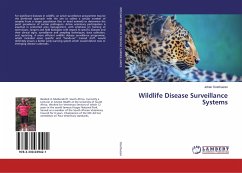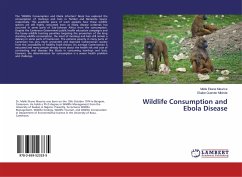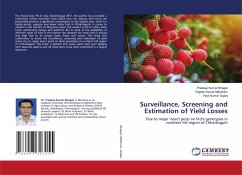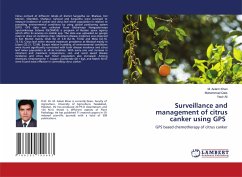For significant diseases in wildlife, an active surveillance programme may be the preferred approach with the aim to collect a certain number of samples from a target population (live or dead animals) to determine the point prevalence of certain pathogens. Active veterinary participation is essential in protected area management, with emphasis on training of technicians, rangers and field biologists with regard to specific diseases and their clinical signs, surveillance and sampling techniques, data collection, and reporting. A more efficient wildlife disease surveillance programme, which included more specific and "hands-on" trained staff, would definitely ensure a better early warning system which would detect new or emerging disease outbreaks.
Bitte wählen Sie Ihr Anliegen aus.
Rechnungen
Retourenschein anfordern
Bestellstatus
Storno








